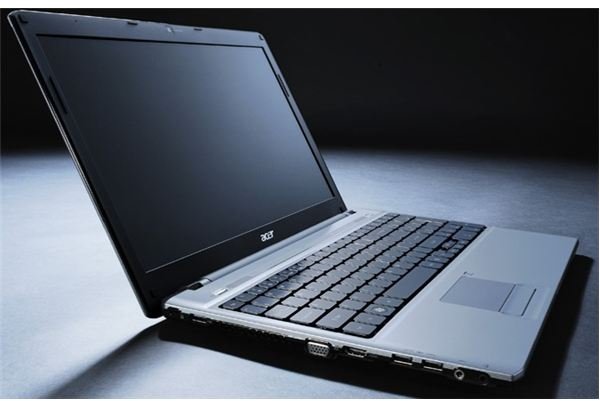The Future of Laptops: Netbooks and the 10 Inch Screen
The Recent Roller Coaster
The recent past has been interesting for laptops. Laptops themselves have gradually come to have nearly equal market share with desktops, and the emergence of netbooks has further boosted the market share of the laptop category during the economic downturn. Netbooks have also revolutionized how consumers think about laptops and placed a large amount of pressure on companies to present products which are slimmer, smaller, and less expensive. The result has been an exciting ride so far, with laptops of all kinds constantly displaying better endurance and features then those of the generation before them.
Now it is time to look into the crystal ball and wonder - where is this all going? The revolution netbooks started is far from over, and by the time it is complete the landscape of the laptop market will likely never be the same.
The Future of the Cute
Its amazing what a little bit of cuteness can do, and netbooks are the perfect example. Based on their performance, their rise seems unlikely. Most netbooks ship with Atom processors with performance that is a decade behind what is found in even a reasonably priced desktop. Their keyboards and screens are tiny as well, making it more difficult to multi-task. But let’s face it - they’re small, they’re cheap, they’re cute, and they have battery life that seems infinite compared to notebooks with a similar price. Consumers have fallen in love.
Today, manufacturers have settled on the ten inch format as the standard for netbooks, and there is little reason to believe this format will subside in the future. With a ten inch screen there is enough room for the netbook to be usable, but the computer remains small enough to be firmly classed as a netbook. Recent attempts at twelve inch netbooks have shown that those devices are probably better classed as budget ultraportables.
While the size of the screen on netbooks will remain stale, it should be expected to see these products become gradually slimmer. The ASUS 1008HA is probably the vanguard of a trend. The main barrier here is battery technology, as there is no way to get around the fact that a 6-cell battery is going to be bulky and heavy, but there is hope in Intel’s launch of the new batch of Atom processors alongside the Lincroft system-on-a-chip architecture later this year. Intel will be taking some of the functions provided by the current i945G chipset which is shipped with Atom systems and integrating them into the Atom processor itself. The result should be a system that requires less power, and if the power requirement is reduced sufficiently then smaller batteries will be required to achieve the same battery life.
Here Come the Ultraportables

While the future of netbooks lay in the ten inch format, there are still many consumers for whom that format will be too small. Those users may still want to get on the portability bandwagon, however. Laptop manufacturers - and Intel - are happy to provide those buyers with systems which meet their needs.
Late 2009 and early 2010 will likely see a wealth of new eleven to thirteen inch laptops with slim profiles and very long battery lives. The first of these products are already available in the forms of the MSI X340 and the smaller ASUS Timeline laptops. These small, thin laptops have prices which place them several hundred dollars below the typical price of products like the Apple Macbook Air or the Lenovo X200, yet their size and weight is comparable and their battery life just as good or better.
The emergence of these products is made possible by Intel’s new CULV processors. These are Core 2 processors that have been sent to the gym so that they will fit into a tiny power envelope. They provide performance well beyond that of a netbook without sacrificing much in terms of portability or battery life. These products fit into an important gap between the sub-$500 dollar realm of netbooks and the over-$1000 dollar realm of high-performance ultraportables.
The Future is Bright
Expect the future to hold significant advances for both netbooks and ultraportables. Netbooks themselves have found their place in the market and are rapidly beginning to mature, offering better styling, features, and battery life with each revision. The budget ultraportable market, on the other hand, is largely virgin soil. Expect it to be quickly plundered as companies figure out ways to promote the advantages of Intel’s CULV processors. And expect things to be good for consumers. Competition in the netbook and ultraportable markets is only to become hotter as the months move forward, and with that consumers can expect to gain better products while spending less money.
